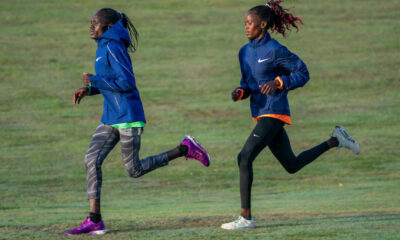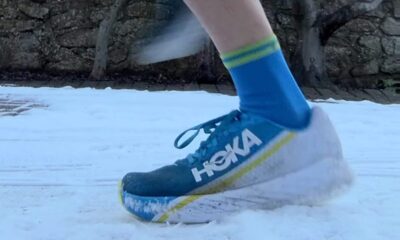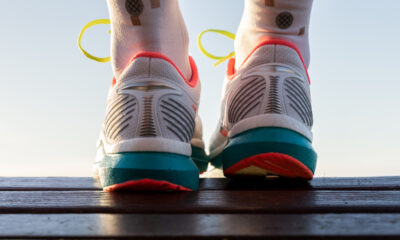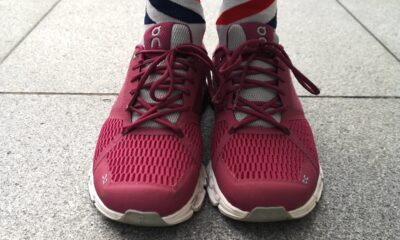
Saucony ambassadors James Thie, Ieuan Thomas and Tom Marshall all know a thing or two about running fast, but they like the trails too.
“When you’re running as many miles as we do, recovery and limiting impact is a huge factor,” says Ieuan Thomas. “Road running places huge forces through your body on a daily basis, and that can take its toll as the mileage cumulates.
Running off-road can be a huge physiological help by taking some of that impact away. Plus, it gives you a much-needed mental break from the monotony of the roads and traffic.”
Celebrated coach James Thie feels he is “so lucky to have a brilliant trail system on my doorstep, and it’s one of the reasons why at 42, I’m still able to run pain free every day.”
“Road running can be very hard on the joints,” continues the man behind Thomas’ and Marshall’s sessions. “Off-road surfaces can help absorb some of these forces. Plus the other benefits are off-road normally means getting out into the countryside with great scenery and escaping the worry of paces and distances.”
Sessions you can do off road
Almost any session that you do on-road, you can also do off-road. The emphasis may just change slightly. You won’t be hitting track times when you’re off road, but the effort is the same. All three recommended similar sessions, maybe because of Thie’s influence on his athletes.
1. Long Hills – a staple of our winter training are what we call ‘Kenyan hills’. A copy of what the best runners in Kenya do in Eldoret. 75 seconds up, 1 min 45 back down x 10-15.
It’s a hard burn up the hill, and then not letting off to come back down. It challenges your body to be able to produce power when you’re tired, and promotes your body to recovery whilst still running at a reasonable pace back down. It’s a tasty one.
2. Fartlek runs – off-road trails are perfect for changes of pace, and lend themselves perfectly to unstructured fartlek. Attack each hill as you come to it, relax through winding sections, pick up the pace again on any flat sections.
Pick a tree and go hard until you reach it – the possibilities are endless. You’re basically keeping your body guessing, and the benefits can be massive.

Photo: Saucony UK
The different training effect trail running has to road running
“The main difference with trail running is that you have to focus a little more” says Thomas. “Road running is mostly predictable, it’s flat ground with turns you can see well in advance.
Trails aren’t always like that, they keep you guessing. This not only makes for a more enjoyable run (that will go by much faster) but also changes the run’s emphasis from pure aerobic endurance to more strength and stability, alongside the aerobic work.”
Plus, you get to explore new places and the trio share their favourite places in south Wales to hit the dirt.
Merthyr Mawr sand dunes is used by the group once a month or so and can be a really tough, but rewarding session.
It works completely different muscles to what you usually use during sessions, and helps to strengthen any weaknesses that you might have in these muscles. The session is beyond brutal though! A lactic filled mix of steep dunes, longer sand reps, and short, sharp sprints,” smiles Marshall. “Always a lovely cool down into the sea after though.”
Saucony ambassadors Ieaun Thomas, Tom Marshall and James Thie sometimes run on the trails in the Saucony Peregrine 10, Saucony’s flagship trail running shoe. Find out more here.



















